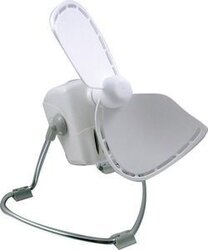I have a fan in a hallway blowing cool air back to the stove room and normally run it on low. Does a decent job moving the warm air. Anyone have any experience with running the fan on medium or high working better than on low?
Thanks,
Chris
Thanks,
Chris



